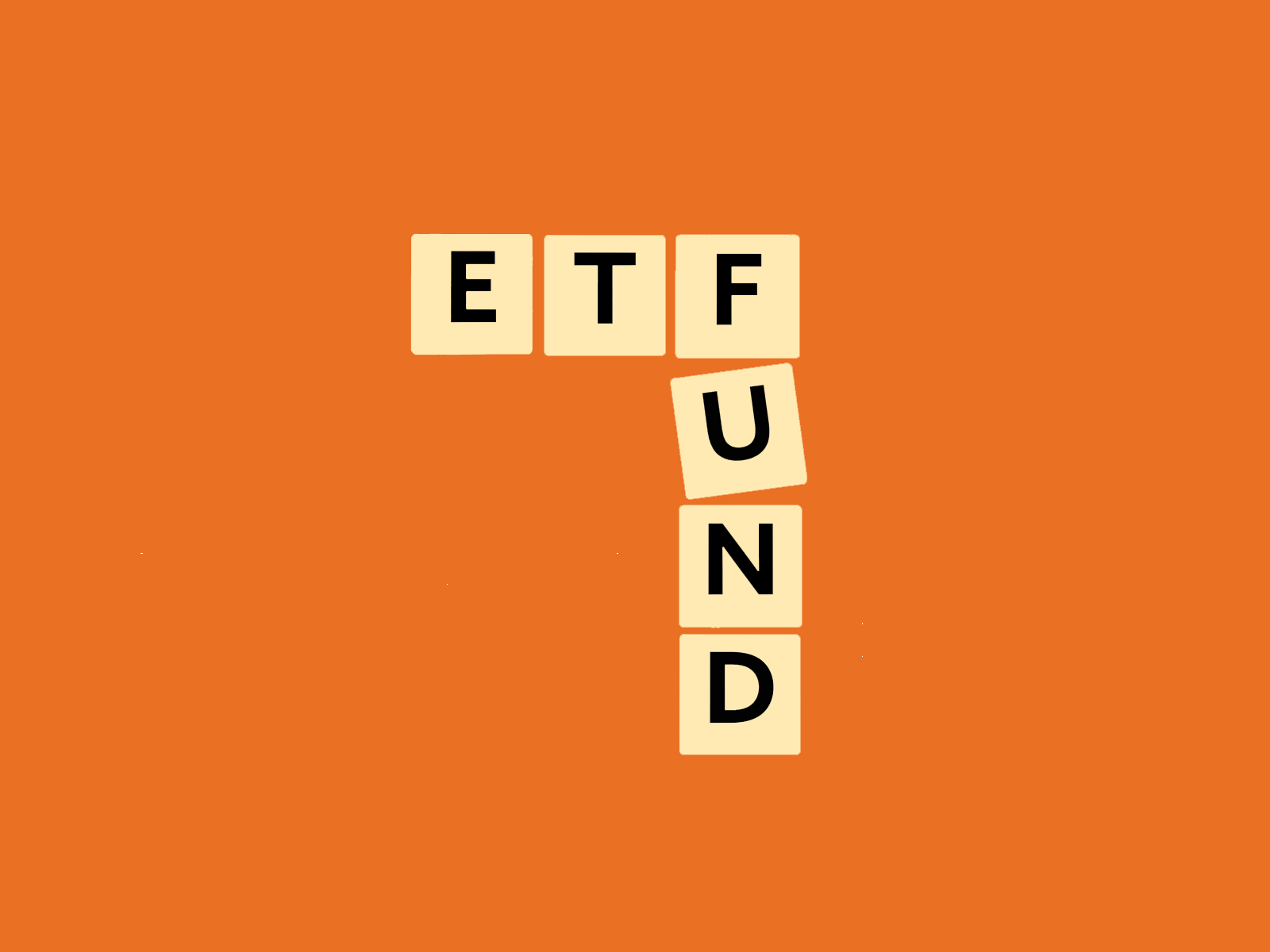ETFs vs. mutual funds: what's the difference?
Like turtles and tortoises, mutual funds and exchange-traded funds, or ETFs, are two things that may look the same at first glance, but once you learn the key differences, it can be easy to tell them apart.
Mutual funds and ETFs are investment funds or vehicles that pool money from different investors to invest in a wide variety of asset classes. Both can provide a diversified portfolio containing various Canadian, U.S., and international stocks and bonds.
Investors can choose both mutual funds and ETFs that invest broadly (e.g. an index fund that tracks the S&P/TSX Composite Index), more narrowly (e.g. in dividend-paying stocks or a particular sector, like energy), or with a balanced approach that includes different kinds of securities, including stocks, bonds and other investments.
Mutual funds have been around a lot longer, and they still dominate the Canadian investment market, with $2.218 trillion worth of assets as of April 2025, compared to $546.4 billion in assets invested in ETFs.1
With these two commonly recommended investment products, you can create a diversified portfolio to help you reach your short- and long-term financial goals. So, let’s examine these two more carefully before you wade in.
What's an ETF?
ETFs are similar to mutual funds in that they pool investor funds and feature dozens or even hundreds of individual securities, depending on the structure of a particular ETF.
Index tracking
Index-tracking ETFs, which track a particular stock market or bond index, are a common type. For example, you could purchase an ETF that tracks the S&P/TSX Composite Index, which follows about 250 of Canada's largest public companies on the Toronto Stock Exchange. When the underlying index is performing well, so does your ETF. If it were to drop in value, so would your ETF.
Passive management
Generally speaking, an important difference between ETFs and mutual funds is that most ETFs are passively managed. This means no person or team decides which investments to include. The goal is simply for the fund to follow a fixed structure, such as tracking the performance of a recognized equity or bond index.
Since there is no active security selection, you'd likely pay lower fees than you would on a mutual fund that is actively managed. Lower fees can translate to a lower management expense ratio, or MER, on the fund, which means the investor can keep more of their money invested— a difference that may add up over time.
Buying and selling
Another key difference between ETFs and mutual funds is how they're bought and sold. Like individual stocks, ETFs are traded on an exchange, with the price fluctuating throughout the trading day based on underlying securities. This differs from mutual funds, which are priced once daily at the end of the trading day, after the market closes. So, for a particular mutual fund, all daily transactions will occur at the same price.
What is a mutual fund?
Like an ETF, a mutual fund is a pooled investment fund. A portfolio manager invests the money in an assortment of individual holdings, such as stocks and bonds. How they invest and manage the money depends on the mutual fund's objective. For example, you can purchase a mutual fund focused on growth, income, or a combination of both.
Active or passive management
Traditionally, mutual funds use an active management approach. That's where fund managers actively watch market conditions and use their knowledge and experience to make investment decisions, including which securities to buy and when to sell them.
But a growing number of mutual funds these days, including those offered by Tangerine, take a passive approach to investing. They're designed to track market indexes and typically offer lower fees than their actively managed peers.
For example, Tangerine's Socially Responsible Global Portfolios are mutual funds for investors who want to consider not only the financial returns from an investment, but also its impact on environmental, ethical and social issues
Types of mutual funds and ETFs
Here are a few of the different kinds of mutual funds and ETFs available:
Fixed income funds
Fixed income funds/ETFs are focused on products that offer consistent regular income. Common holdings would be government/corporate bonds and treasury bills. While you can still lose money investing in bond funds, there’s usually less risk and typically lower growth potential than equity funds.
Equity funds
Designed with long-term growth in mind, equity funds invest in stocks. While the value of your investment will fluctuate up and down, there's also typically greater growth potential. Equity funds can be further broken down, focusing on growth, dividends, larger or more established companies, or geography.
Balanced funds
Balanced funds mix fixed-income holdings and equities to reduce overall volatility. The asset mix of stocks and bonds held in a balanced fund can be found in its Fund Fact document. A fund will have specific mix of percentages to suit a particular risk tolerance. Growth-tilted funds have more equities, while conservative funds focus more on fixed-income.
Differences between ETFs and mutual funds
Here's a quick and easy overview of the main differences between ETFs and mutual funds.
Mutual funds |
ETFs |
|
|---|---|---|
Management approach |
Most are actively managed, but there are a growing number of passively managed mutual funds, including those offered by Tangerine. |
Most are passively managed to closely track a recognized index, such as the S&P/TSX Composite Index. |
How to buy |
Usually purchased through a financial institution (such as Tangerine) or a financial advisor. |
Purchased through a broker or online trading platforms. |
Trading |
Traded and priced once daily, at market close. |
Traded throughout the day on exchanges until market close, like stocks, so the price may frequently change. |
Why invest in ETFs?
So, should you add ETFs to your portfolio? As with most investments, the answer isn't black and white. Passively managed ETFs (as the majority are) can be a good fit for investors who are comfortable managing and selecting investments on their own.
Why invest in mutual funds?
On the other hand, mutual funds can provide investors with professionally managed investments (although some are passively-managed as well), so they might be a better fit for someone who wants a more hands-off approach.
A hybrid option: ETFs in a mutual fund
Tangerine Investments offers a hybrid option: passively managed mutual funds that contain underlying ETFs. Both our Socially Responsible Global Portfolios and our Global ETF Portfolios can offer the advantages of both. The fees are low1, they're simple for Tangerine Clients to invest in, and you can automatically add money to your Fund at regular intervals using an Automatic Savings Program.
Invest in your future
In the end, the type of investments you choose and how you build your portfolio will depend on a number of factors, such as your goals and risk tolerance. It never hurts to tap into the expertise of a financial professional or to speak with the team at Tangerine when making investment decisions.
At Tangerine, you can opt for one of our Core Portfolios, which provide access to globally diversified Investments. Learn more about investing in ETFs and mutual funds with Tangerine.
Ready to start investing?
We’ve got simple options that keep your money working for you in the short and long term.
1 The Securities and Investment Management Association (SIMA), May 22, 2025.
2 The MER for the period ended June 30, 2024 was 0.82% for the Tangerine Socially Responsible Global Portfolios, after applicable waivers and absorptions by the manager.


